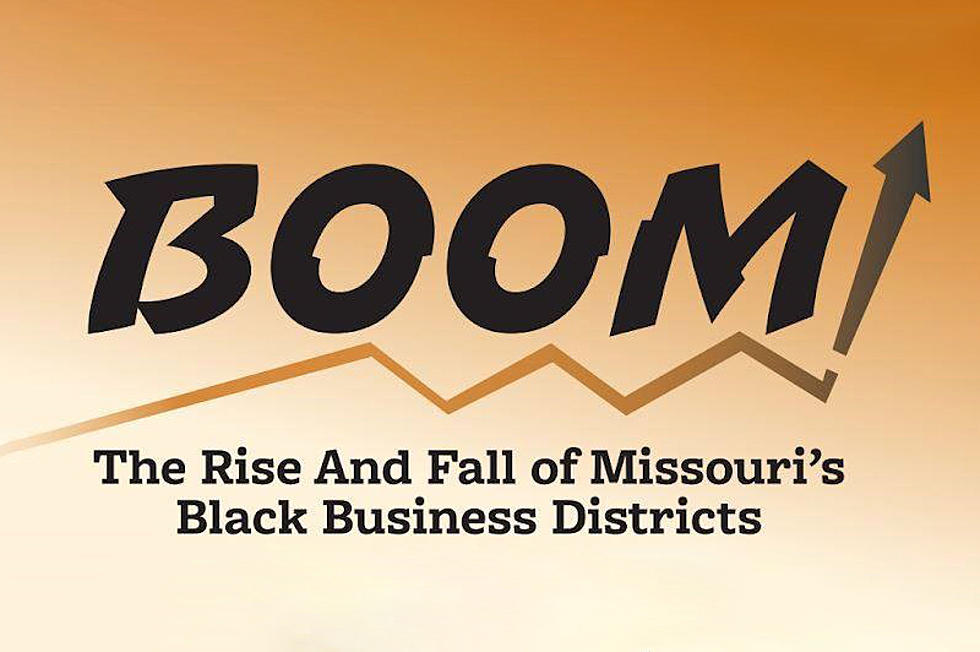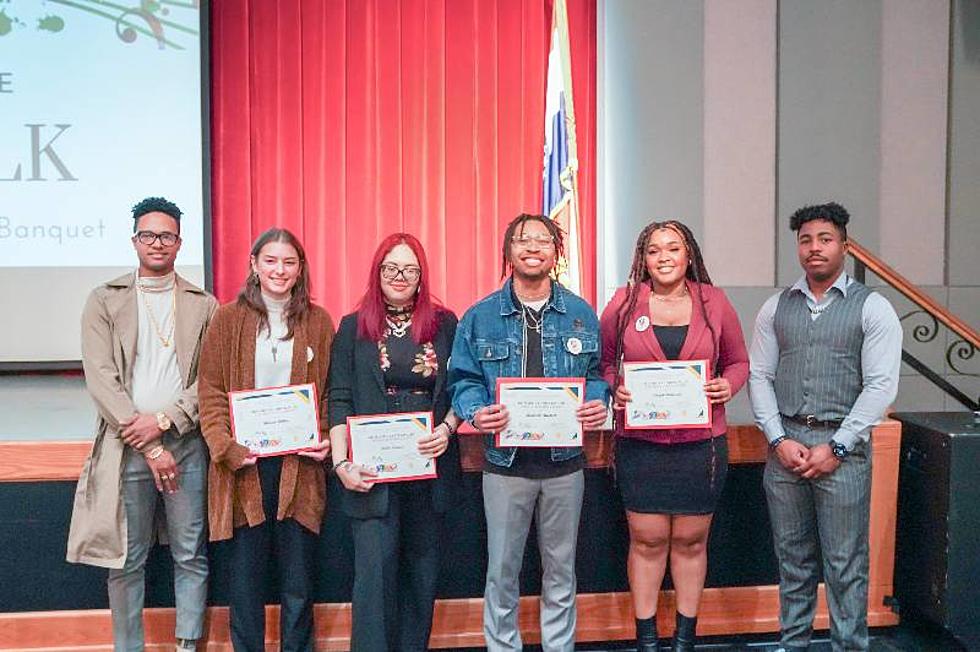
UCM Develops 3-D Map For Blind
WARRENSBURG, MO (April 27, 2015) – For Holly Carneal, a social work major at the University of Central Missouri, college life presents the daily challenges faced by many college students. However, as a blind student, Carneal and her guide dog, Stella, face the additional challenge of learning to navigate campus without the benefit of being able to read a traditional printed campus map.
Carneal was a student in Professor Jim Loch’s Introduction to Geology class during spring semester. As the semester progressed, Loch began to look for methods to adapt the concepts from the curriculum for his course to Carneal’s abilities. With the knowledge that the study of maps would be coming later in the semester, Loch knew there would be a need for a tactile map with key elements identified by raised surfaces and text written in Braille.
Intrigued by the possibility of creating such a map of the main UCM campus, Loch contacted the UCM Office of Accessibility Services. Services coordinator Cathy Seeley in turn contacted Kyle Palmer, professor of drafting and design in the UCM School of Technology, about taking on such a project using the three-dimensional printing technology available in the school’s Design and Drafting Technology CADD program.
Palmer contacted two students in the CADD program, Alix Calon and Simon Misener, about taking on the project. They were joined by two student Braille specialists in Accessibility Services, Rachel Gibbs and Tyler Carpenter, and with Carneal they formed a student team that took on the task that resulted in a functional 3-D map of the campus.
Palmer, Loch and Dick Kahoe, associate professor of professional photography in the School of Technology, provided support as needed, but Palmer noted that the students completed the project through their own diligence and problem solving, in addition their full-time academic responsibilities.
The team, admitting that they had no firsthand experience in the use of tactile mapping, consulted with Carneal about how to use available technology and Braille to transform the campus map on the UCM website into a three-dimensional replica of the main campus that would be functional for the blind.
-more-
“We had to develop our own resources with the software and technology we had available,” Misener said. “We were able to research similar projects, and it was both fun and frustrating.” They used Autodesk Inventor software to complete the model, staying up through the night. The actual 3D printing of the map took approximately 50 hours of printing time, and the entire project, from beginning to end, was completed in month.
Following Carneal’s recommendations, the heights of all buildings on the map are the same instead of to scale, allowing full tactile contact with all elements on the map. Doorways are marked with stars, and distance coordinates are marked with grid lines for reference. All text on the map is in Braille, with building names linked to the coordinates.
The students agree that the experience was rewarding in a variety of ways, offering an important addition to the academic opportunities provided in the classroom.
“We learned more about the Inventor software that we hadn’t accessed before,” Misener said. “We had to figure out how to create the sidewalks that curve and replicate irregular angles and shapes.”
“We threw ideas back and forth, and after trial and error, we learned a lot” Calon said. “It was good to work on a real project for real customers with real deadlines. We had to develop our own resources and research the work of others. It was an incredible experience.”
She also noted that Carneal’s feedback was vital to the success of the project.
“We don’t have her experiences,” she said. “She shared her world with us and helped us create a product that is functional and will serve the purpose it was intended to serve.”
“We weren’t just working on a project for class,” Gibbs added. “This is usable, not just for Holly, but for anyone who comes to our campus.”
For Carneal, the result is the ability to find her away around the campus, increasing her independence and awareness of her surroundings and allowing her to participate as a member of the campus community.
“I’m grateful that they all were willing to take their own time to make this a reality,” she said. “It will not only help me get around better, but provide a valuable tool for any blind person visiting campus.”
For now, the tactile map will be stored in the Office of Accessibility Services in the Elliott Student Union for use by their staff in assisting students and campus visitors. However, Palmer said completion of the project has created interest in generating the funding to develop a much larger tactile map of the entire campus for the Office of Accessibility Services, a project Seeley said would be very beneficial.
“At any given time we have about 25 to 30 students on campus who are low vision or blind,” Seeley said. “When they arrive on campus, we offer assistance by walking the campus with them and helping them find classrooms and key locations on campus. But a large version of this map, perhaps mounted on the wall in the Elliott Student Union, would be very beneficial for them and any visitors to campus.”
More From KIX 105.7










